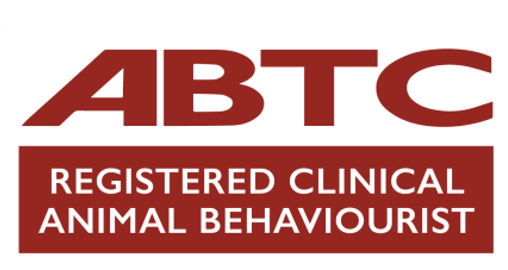‘Tis the season for endless replays of Yuletide fayre on the radio and Chris Rea’s Driving Home For Christmas is one of them! No matter if you are a fan or not, the sentiment of Rea’s song holds true as many of us will be venturing into our vehicles accompanied by our four-legged friends, as we head off to see friends and family during the holidays.
For most dog owners our pet’s safety and well-being is of paramount importance. But just how safe is your pet when it comes to travelling in the car?
A study by the RAC found that more than one in four (27%) dog-owning motorists were unwittingly breaking the law when it came to transporting their pets by not keeping them restrained when their vehicles were on the road. In fact, the study revealed that 4% of pet owners had been involved in an accident, or a near miss, as a result of their cat or dog being loose in the car. This is serious considering that in an accident, an unrestrained dog could be thrown at the heads of those in front, and also straight through the windscreen. The Royal Prevention of Accidents states that “at 30mph, for example, a 22.5kg Border Collie would be thrown forward with a force equivalent to almost nine 12 stone men.”
Where do you and your pet stand in the eyes of the law?
According to the UK Highway Code drivers need to ensure ‘dogs or other animals are suitably restrained so that they cannot distract you while you are driving or injure you, or themselves, if you stop too quickly’. The law recommends a seat belt harness, pet carrier, dog cage or guard as ways of restraining your pet while driving. UK Dog Law expert Trevor Cooper says owners may also invalidate their car insurance if a dog is not restrained, and this includes allowing a dog to have his head out of the window.
When driving a vehicle it is vital that your dog is both secure and comfortable while you are in the car. Precautions can be taken to prevent injury such as car harnesses, pet carriers or dog cages. But with a plethora to choose from, that all purport to be safe, how do you know that what you are buying stands up to the test?
The crash test study
A crash-test study from the Center for Pet Safety (CPS) in the United States analysed how well several popular pet carriers, crates, car seats and harnesses kept dogs and cats safe during vehicle collisions. The results were shocking with many of the products (namely sold in America) that claim to keep pets safe in the event of an accident, actually provided little protection. Check out the video below.
If we look back at the results from the RAC study, the majority of respondents agreed it was a hazard to allow a dog to be loose in a vehicle. Despite this, 28% said they would let their dog move freely, even in a vehicle full of luggage. While 21% of respondents said they usually leave their dogs unsecured on car seats, and 6% let their pets travel in passenger foot wells.
As the American study shows many of the carriers, harnesses and crates simply do not withstand the impact of a collision. The advice the CPS has for owners using small crates and carriers is to place these onto the floor of the car behind the driver or passenger seat. According to the organisation, strapping in the crate or carrier with a seat belt may exert a ‘crushing blow’ should an accident occur. Meanwhile, fabric barriers may avoid distracting a driver but are not secure and the CPS warn they “will dislodge and increase the risk to the human vehicle occupants in the event of a collision”.
Finding the right product for you
For products that meet the criteria and have passed crash tests set out by the CPS, these include the CPS logo. But what about us here in the UK? Some products claim to be crash tested, so it’s important you take a common sense approach and do your research before you buy:
- Read customer reviews about the products.
- Check if they are supported or recommended by any well-known animal welfare or travel organisations.
- Make sure you measure the car including the door size to ensure the equipment you are considering buying will fit.
- Ensure the equipment you are purchasing is designed for use in a car and tested. For example, a dog car safety harness is different to the everyday harness you may use for walking Fido.
- If the products claim to be crash tested, see what information the manufacturer or reseller provides on this.
- Some dogs may feel more comfortable in a crate that shields their view, whereas fabric mesh crates may allow for more air flow.
And finally…
Avoid tethering your dog by his collar to the car, as this could cause serious injury in the event of a collision, and if you’re using a dog car harness – turn off any air bags that surround the seat your dog is using.
Stay safe and happy travelling.
Learn more about our classes

Get Hanne's Book
Playing With Your Dog will help any dog owner work out the games that are best suited for their pet to play throughout his life, from puppyhood to old age. The book also shares some tricks for all ages, group activities, and recommended toys that dogs will enjoy.
























